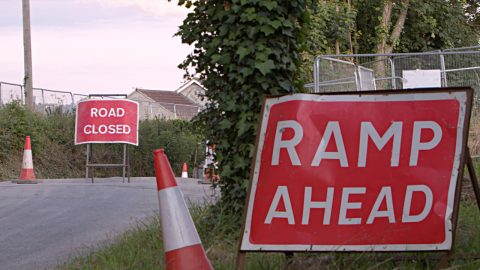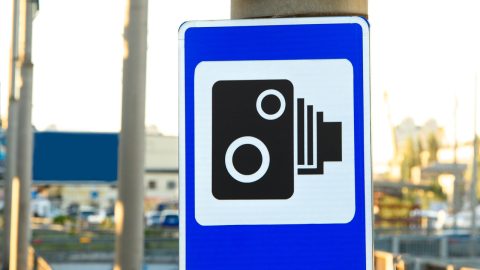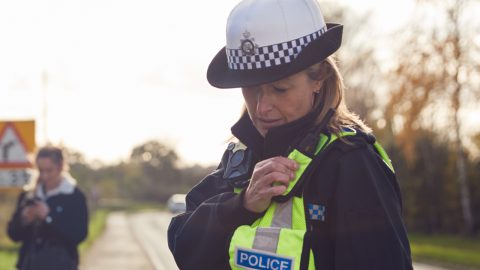Speed cameras have become a ubiquitous feature on the UK’s roads, their lenses watching over the flow of traffic with an unblinking eye. Their purpose is straightforward: to enforce speed limits and, by extension, reduce accidents and save lives. But the narrative around speed cameras is complex and multifaceted, weaving together threads of technology, law enforcement, public opinion, and road safety statistics. This blog delves into the intricacies of speed cameras’ role in UK road safety, exploring their impact, addressing common questions, and sharing intriguing facts about road safety in the UK.
Understanding Speed Cameras
Speed cameras, or safety cameras as they are sometimes called, are used by police forces across the UK to detect and deter speeding drivers. There are several types of speed cameras in use, including fixed speed cameras like the Gatso, mobile speed cameras operated from vans, and average speed check systems like SPECS that measure a vehicle’s average speed over a set distance.
The Impact on Road Safety
The primary aim of speed cameras is to improve road safety by encouraging drivers to adhere to speed limits. Studies and reports have shown a correlation between the presence of speed cameras and a reduction in road accidents and fatalities. For instance, the Royal Society for the Prevention of Accidents (RoSPA) has highlighted that speed cameras have contributed to a notable decrease in road casualties in areas where they are deployed.
Key Statistics:
- Speed cameras have been reported to reduce accidents by up to 40% in areas where they are active.
- Fatal and serious collisions have decreased by an average of 27% on roads with speed camera enforcement.
FAQs
Fixed speed cameras are operational 24/7, but their functionality can depend on various factors such as maintenance schedules and operational priorities. Mobile speed cameras have more varied operating times.
If a speed camera captures a vehicle exceeding the speed limit, the registered keeper can expect a Notice of Intended Prosecution (NIP) within 14 days.
While fines from speed cameras contribute to government revenues, the primary purpose of these devices is to enhance road safety. Any revenue generated is often reinvested into further road safety initiatives.
The Debate Around Speed Cameras
Speed cameras have their critics, who argue they are more about generating revenue than improving road safety. However, evidence suggests their presence on the roads has a ‘halo effect’, encouraging better driving behaviour even in areas without cameras. This indicates their role extends beyond mere enforcement to actually influencing driver psychology.
Interesting Facts About UK Road Safety
- The UK is one of the safest countries in terms of road safety in Europe, with one of the lowest rates of road deaths per million inhabitants.
- In 2019, there were 1,752 reported road deaths in the UK, a figure that has been on a general decline over the past decade, thanks in part to measures like speed cameras.
- Speed is a contributing factor in approximately one-third of fatal collisions on UK roads.
Our Take on Speed Cameras & Road Safety
Speed cameras play a pivotal role in the UK’s road safety strategy. By enforcing speed limits, they contribute to reducing accidents and saving lives. While they may be a subject of contention for some, the data supports their efficacy in making the UK’s roads safer for everyone. As technology advances and new road safety strategies are developed, speed cameras will likely remain a key tool in the ongoing effort to protect road users.
In the broader context of road safety, speed cameras are just one piece of the puzzle. Education, road design, vehicle safety features, and other enforcement measures work in concert with speed cameras to create a comprehensive road safety ecosystem. The ultimate goal is a road network where accidents are rare and every journey is safe. In this ongoing endeavour, speed cameras will continue to flash their warnings, reminding drivers that safety is always paramount.









